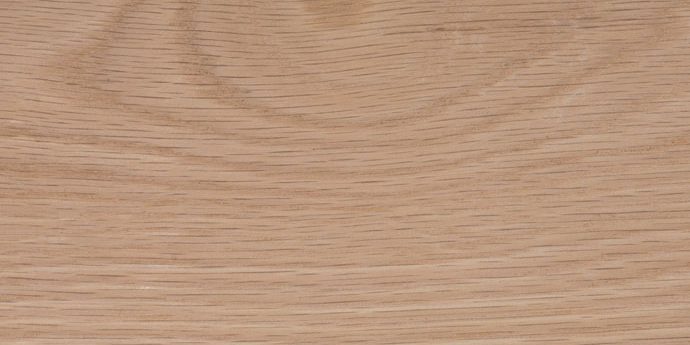White Oak Wood: What You Need to Know Before You Use It
White oak wood is a durable, moisture-resistant hardwood widely used for furniture, flooring, and even boatbuilding. Native to eastern North America, white oak boasts a beautiful straight grain and an appealing natural appearance that enhances any project. Whether you’re crafting furniture or designing outdoor structures, this versatile wood stands out for its strength and reliability.
In this guide, we’ll explore everything you need to know about white oak wood, including its properties, uses, advantages, disadvantages, and tips for working with it.
White Oak Wood Overview
- Scientific Name: Quercus alba
- Tree Size: 60–90 ft (19–28 m) tall, 3–4 ft (1–1.2 m) trunk diameter
- Average Weight: 47.0 lbs/ft³ (755 kg/m³)
- Janka Hardness: 1,350 lbf (5,990 N)
- Crushing Strength: 7,370 lbf/in² (50.8 MPa)
- Workability: Excellent
Uses of White Oak Wood
White oak is a versatile hardwood used across various industries thanks to its strength, durability, and natural beauty.
- Furniture: Commonly used for chairs, tables, and cabinets.
- Outdoor Structures: Ideal for garden furniture and decking due to its moisture resistance.
- Boatbuilding: Its natural resistance to decay makes it a top choice for marine applications.
- Flooring: Durable and resistant to wear, perfect for high-traffic areas.
- Barrels: Frequently used for whiskey barrels, imparting unique flavors to aging spirits.
Advantages of White Oak Wood
- Durability: Exceptionally strong and long-lasting, making it perfect for flooring, furniture, and stairs.
- Moisture & Rot Resistance: Highly resistant to water damage, ideal for outdoor applications like decking and boats.
- Stability: Less prone to warping or twisting over time.
- Affordability: Readily available at competitive prices.
Disadvantages of White Oak Wood
- Hardness: Its density can make it challenging to cut, shape, or transport. Sharp tools and experience are essential.
- Weight: At 47 lbs/ft³, white oak can be cumbersome to handle.
Appearance and Texture
White oak features a light to medium brown hue, ranging from pale yellow-brown to darker tones, with a straight grain and smooth texture. Over time, it may darken slightly, adding to its character.
Tips for Working with White Oak Wood
- Safety First: Wear safety glasses and a dust mask to protect yourself from wood dust.
- Use Sharp Tools: White oak’s density requires precision; dull tools can tear the wood.
- Sand with Care: Take precautions, as oak dust can irritate the eyes and skin.
- Seal & Stain: Always apply a proper finish to enhance the wood’s natural beauty and durability.
Hardness Comparison: White Oak vs. Other Woods
| Wood Species | Janka Hardness (lbf) |
| Pecan | 1,820 |
| Honey Locust | 1,580 |
| Sweet Birch | 1,470 |
| Hard Maple | 1,450 |
| Sapele | 1,410 |
| White Oak | 1,350 |
| Red Oak | 1,220 |
Applications of White Oak Wood
- Cutting Boards: Its closed pores and hardness make white oak a hygienic and durable surface for chopping. Regular maintenance, like cleaning and oiling, extends its lifespan.
- Decking & Flooring: White oak’s resistance to moisture, scratches, and dents makes it an excellent choice for outdoor decking and indoor flooring.
White Oak vs. Red Oak: Key Differences
- Durability: White oak is harder, more durable, and more rot-resistant than red oak.
- Moisture Resistance: White oak excels in outdoor applications, while red oak is prone to insect damage.
- Cost: White oak is slightly more expensive but offers better longevity and versatility.
At Creatimber Global Sdn Bhd, we are proud to supply high-quality white oak wood for your projects in Malaysia. Whether you’re a craftsman, designer, or contractor, our wood products offer unmatched performance and beauty.
Visit www.creatimber.com.my to explore our range of wood materials and learn more about why we’re Malaysia’s trusted wood supplier.






